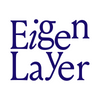Ritual ♾️ EigenLayer: AI × Restaking
Summary
The worlds of artificial intelligence and onchain protocols are increasingly intersecting as permissionless protocols look to unlock new customer behavior around ownership and markets by utilizing AI models. We’ve witnessed how in offchain settings, AI models could dramatically improve on the status quo of problem solving across various domains, thus helping usher in new waves of products with better UX and cheaper costs.
As the industry saw the impact of open source software with the proliferation of Linux, Postgres, Docker and many other popular tools and systems, it became clear that AI could reap similar benefits. Platforms, products, and models in open source AI as a result have advanced very rapidly in the past few years. Hugging Face, Stability, Llama (introduced almost exactly a year ago), Mistral and the likes have all accelerated the open innovation rate of AI. However, until very recently, the most significant model and product advancements have been restricted to proprietary settings, reducing the pace of open innovation. The open source models and platforms to-date are directionally positive-sum, however…
- They usually need clients to run models on their own. Alternatively, if a third party runs models for the clients, they need to build trust with the clients which concentrates the market significantly
- There is no privacy relative to the model serving node (OpenAI has a full log of all queries ever served to any user)
- They do not encode an incentive mechanism for the model creator, model server, or any infrastructure in between.
EigenLayer helps lift this restriction by being the permissionless coordination substrate on top of which AI projects can easily offer unprecedented access to development and deployment of underlying models, as well as help create economically-sustainable paths to their productization.
Ritual
Case in point is Ritual, building a sovereign execution chain optimized for AI-native operations to bridge the worlds of crypto and AI. Ritual recently launched Infernet, a decentralized oracle network, and the first product of its kind to allow smart contracts to natively access off-chain model outputs, while the Ritual Chain is slated to be rolled out later this year. Ritual Chain is composed of a customized VM that enshrines model actions like inference, finetuning, training, distillation, and more. It can serve these operations and models to any other execution layer via general message passing protocols.
Ritual implements a modular architecture across its stack and as it heads into the launch of its chain, EigenLayer will play a critical role in a few ways.
Bootstrapping Operators
By helping bootstrap the network with operators, especially those with in-demand hardware, EigenLayer will help the Ritual Chain increase its availability and liveness across execution of AI model actions (inference, finetuning, distillation, quantization, training, etc). The decentralized distribution of this operator set will also help provide a strong level of censorship resistance for services and applications built on top of the chain. In turn, as these operators help serve AI requests permissionlessly, participants of Ritual Chain will contribute fees and revenue to the EigenLayer ecosystem and marketplace.
Economic Security
As with any new chain launch, having assurances around the security of a chain is desired for providing a good end-user experience, whether that’s for application developers or their consumers. EigenLayer will help on this front by providing economic security from Ethereum to Ritual Chain’s deployment and by providing the network with slashing capabilities on this security. This mechanism ties seamlessly into Ritual’s proof marketplace as Ritual customers can combine proofs and slashing to gain confidence against dishonest behavior in the network.
Dual Staking
While EigenLayer enables a robust initial deployment of the Ritual Chain, it also allows Ritual Chain to use dual staking to accrue value to its own network, a feature described here. The network can create richer incentive structures as its R&D design space expands for any actors in it, whether that’s model servers featuring action-based fee pricing, model creators, agents, RLHF participants, or any other role. Specifically, Ritual Chain is focused on providing immediate utility, and this north star will influence research & development into an incentive structure that could create a healthy open AI ecosystem. As discussed, exploring the incentive modeling for such a network that touches the many nuances of fulfilling the entire lifecycle of AI-native workflows is one of the most interesting and promising areas of the AI and crypto intersection.
Model Routing
As the network matures alongside a variety of models and node types, abstractions over how to fulfill a user’s requests given some set of available models will become the norm. With the expressivity of the AVS design space, Ritual can explore the notion of how to best route requests optimally to the most relevant model providers. Factors that could matter here depend on the nature of the request: sensitivity to latency (node geography), inference performance (specific hardware), SLA / uptime (whether the model is being used for a financial application or entertainment purposes). etc. Not only that, the model routing mechanism can explore the incorporation of privacy-preservation such that the model servers can’t distinguish any consumers by their set of queries. These properties can create a seamless UX for Ritual Chain’s customers.
There’s a combination of factors that the integration between Ritual Chain, Infernet, and EigenLayer can continually consider to provide the best experience possible for a permissionless inference network. We believe uniting the capabilities of both Ritual and EigenLayer to unveil new AI workflows will bring us closer to fulfilling the vision we set out to achieve: lifting the restrictions on open innovation, and encouraging more streamlined coordination for artificial intelligence development and usage. You can read more about the specifics of how some of these AVS designs could work on the Ritual blog post here.
Disclaimer
This post is for general information purposes only. It does not constitute investment advice or a recommendation, offer or solicitation to buy or sell any investment and should not be used in the evaluation of the merits of making any investment decision. It should not be relied upon for accounting, legal or tax advice or investment recommendations. The information in this post should not be construed as a promise or guarantee in connection with the release or development of any future products, services or digital assets. This post reflects the current opinions of the authors and is not made on behalf of Eigen Labs, Inc. (“Eigen Labs”) or its affiliates and does not necessarily reflect the opinions of Eigen Labs, its affiliates or individuals associated with Eigen Labs. All information in this post is provided without any representation or warranty of any kind. The opinions reflected herein are subject to change without being updated.

